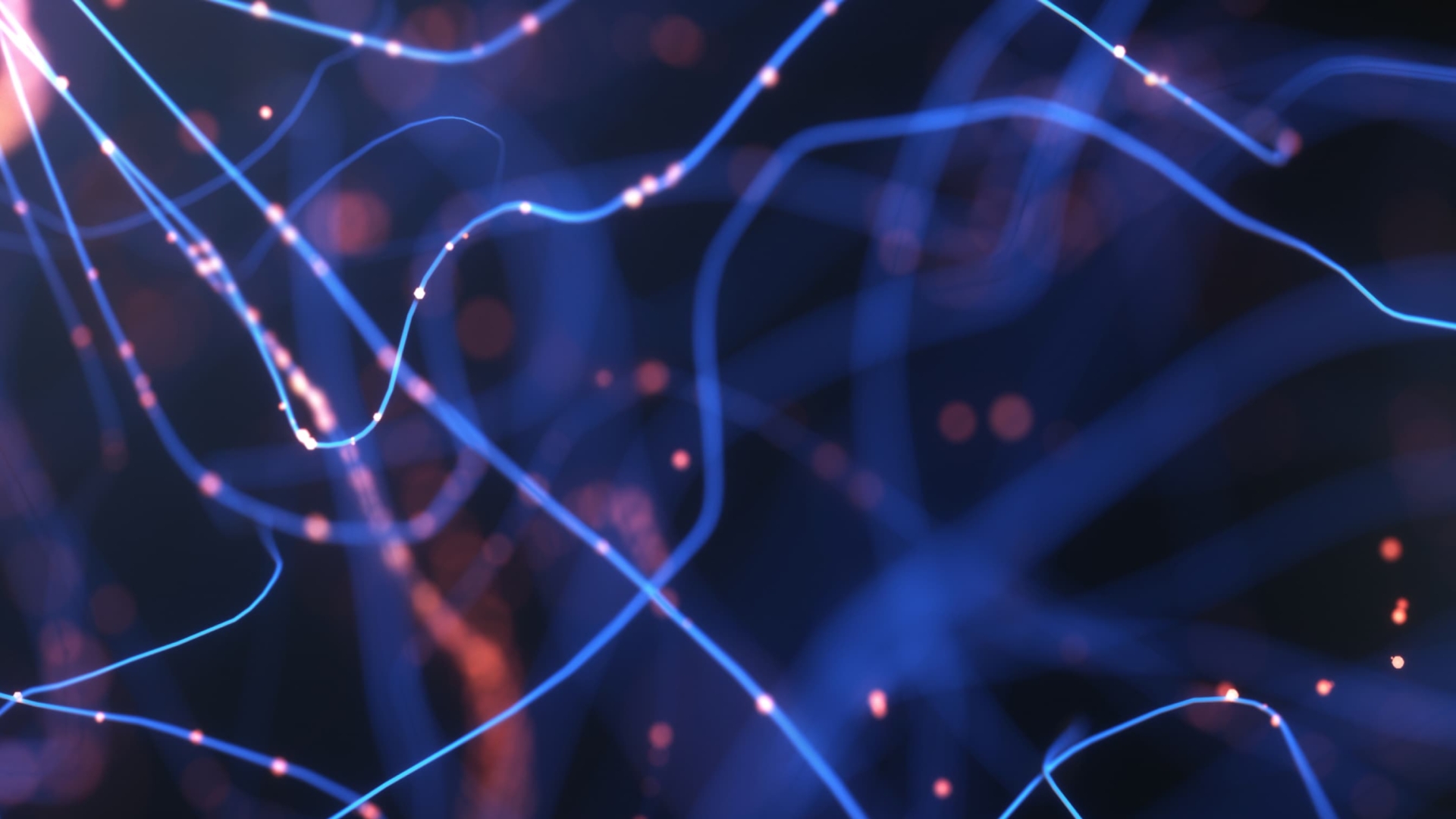This website uses cookies so that we can provide you with the best user experience possible. Cookie information is stored in your browser and performs functions such as recognising you when you return to our website and helping our team to understand which sections of the website you find most interesting and useful.

Output Catalog
ASAP is committed to accelerating the pace of discovery and informing a path to a cure for Parkinson’s disease through collaboration, research-enabling resources, and data sharing. We’ve created this catalog to showcase the research outputs and tools developed by ASAP-funded programs.
-
Output Type
-
Program
-
CRN Team Name
-
Theme
Available ASAP-related hPSC collection from Team Studer
Collection of human pluripotent stem cell lines consisting of isogenic GBA, LRRK2, SNCA series, KI-reporter lines for TOMM20, b-actin, LAMB1, LAMP1, a-synuclein overexpression lines, and other hPSC resources.
Collection of protocols of Team Deleidi used in the publication: “”LRRK2 kinase activity regulates GCase level and enzymatic activity differently depending on cell type in Parkinson’s disease””
Collection of protocols of Team Deleidi used in the publication: ""LRRK2 kinase activity regulates GCase level and enzymatic activity differently depending on cell type in Parkinson’s disease""
Human Postmortem-Derived Brain Sequencing Collection (Harmonized Collection)
The Human Postmortem-derived Brain Sequencing Collection is a harmonized repository comprised of sequencing data contributed by ASAP CRN teams.
Evaluating the performance of polygenic risk profiling across diverse ancestry populations in Parkinson’s disease
Objective This study aims to address disparities in risk prediction by evaluating the performance of polygenic risk score (PRS) models using the 90 risk variants across 78 independent loci previously linked to Parkinson’s disease (PD) risk across…
Multi-ancestry genome-wide meta-analysis in Parkinson’s disease
Although over 90 independent risk variants have been identified for Parkinson’s disease using genome-wide association studies, all studies have been performed in just one population at the time. Here we performed the first large-scale…
Collection of protocols for paper: “Glucocerebrosidase, a Parkinson´s disease-associated protein, is imported into mitochondria and regulates complex I assembly and function”
This is a collection of protocols used in a recent preprint by the Deleidi Lab, Team Schapira. You can access pre-print at https://doi.org/10.21203/rs.3.rs-1521848/v1
Mouse perfusion
Protocol used in the Gradinaru lab for perfusing mice
Mouse Open Field
Protocol used in the Gradinaru lab for general locomotion in rodents using open field arenas and Ethovision video tracking
Primary Neuron Extraction
Protocol used in the Gradinaru lab to extract primary neurons from mouse on day E17
Western Blot with iBind System
Protocol used in the Gradinaru lab for western blot using the iBind Automated Western System
Immunostaining Cells
Protocol used in the Gradinaru lab for antibody staining of cells
Transfection of HEK cells with Lipofectamine 3000
Protocol used in the Gradinaru lab to transfect HEK cells with lipofectamine 3000
Copy of RNA extraction from mouse tissue
Protocol used in the Gradinaru lab for RNA extraction from mouse tissue
RNA extraction from organoids
Protocol used in the Gradinaru lab for RNA extraction from organoids
Immunostaining Mouse Tissue
Protocol used in the Gradinaru lab for immunohistochemistry to analyze protein expression in the mouse brain

